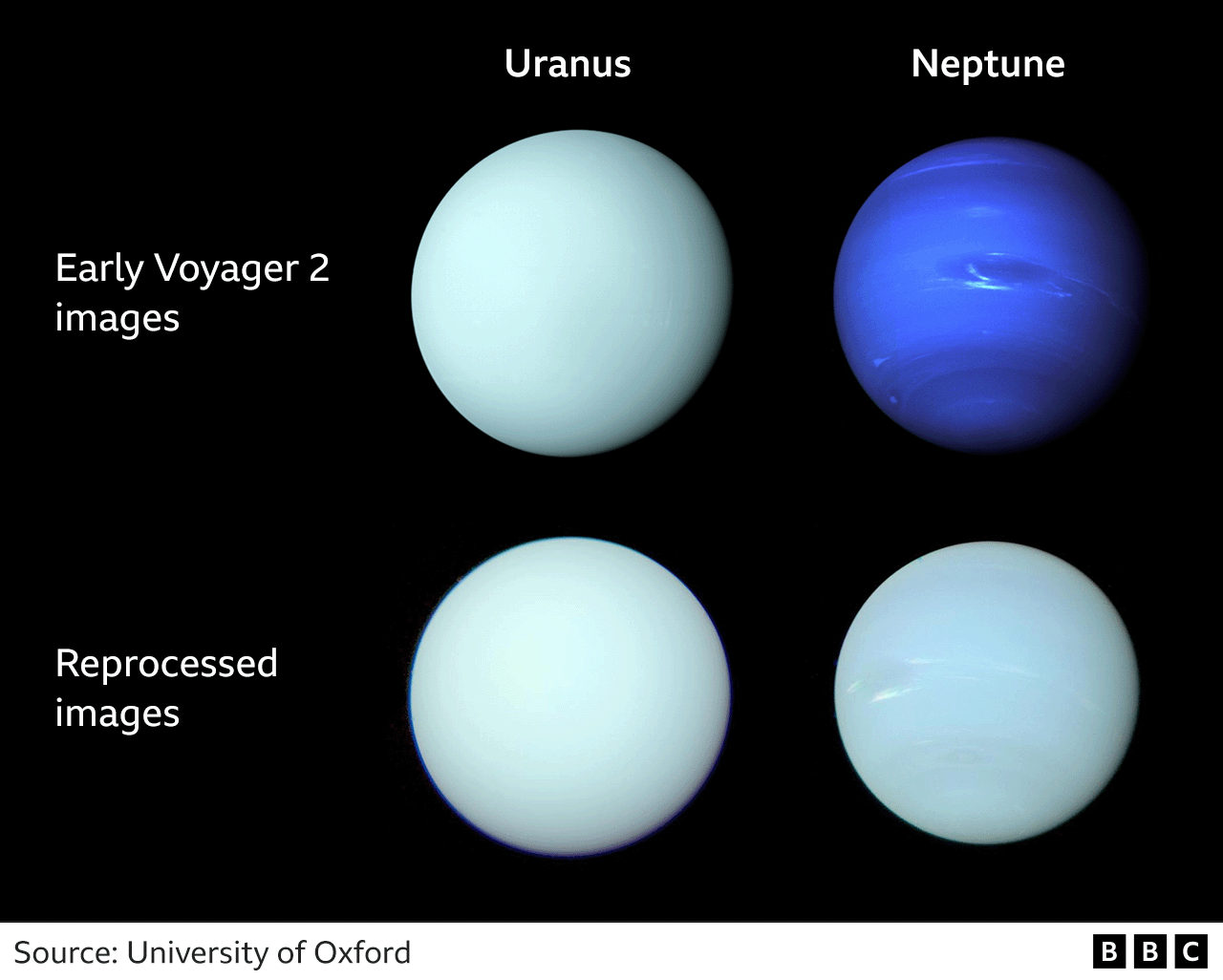by Doris Ellin Urrutia
December , 2023
Introduction:
Read more here: https://www.inverse.com/science/salty- ... cks-life(Inverse) In 2017, the Cassini spacecraft barrelled toward Saturn for the final time. NASA officials had elected to terminate the mission in a death dive. Obliterating the probe in a controlled maneuver would safeguard Saturn’s precious rings, moons, plus whatever else Cassini’s Earthly material could damage, or even contaminate. Like, perhaps, life.
Currently, scientists have never detected biosignatures in another world. But space exploration is providing tantalizing ideas. The latest such notion comes from a frigid moon of Saturn. The work is detailed in a study published this week in the journal Nature Astronomy.
Six years before its fiery finale, Cassini flew through plumes of gas coming from Saturn’s moon Enceladus. The spray was coming through cracks on its icy surface. It was a natural delivery service, giving Cassini’s INMS, or Ion and Neutral Mass Spectrometer, a special taste of what’s inside the moon.
WHAT’S IN THE SPRAY?
Astronomers have been studying INMS data since Cassini’s 2011 and 2012 rendezvous of the plumes. So far, they’ve found compelling evidence that Enceladus may have conditions favorable to life. Inside the gaseous spray there was the presence of water, carbon dioxide, methane, ammonia, and molecular hydrogen. This suggests that life could potentially emerge far away from the Sun in another part of the solar system.
But that’s a big maybe. “We don't yet know how life originated on Earth, so it's difficult to say what the necessary conditions would be on Enceladus,” Jonah Peter, a graduate student at Harvard University and lead author of the new paper, tells Inverse.
